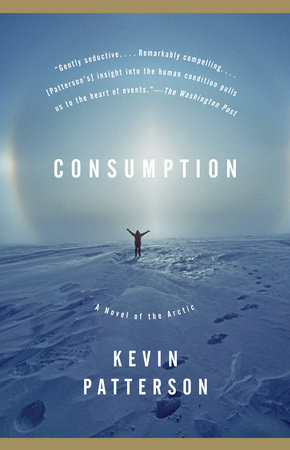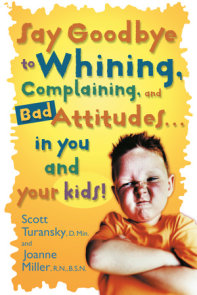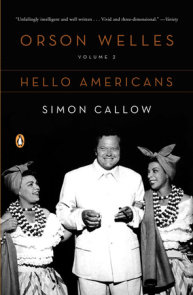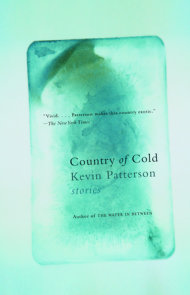READERS GUIDE
“Gently seductive. . . . Remarkably compelling. . . . [Patterson’s] insight into the human condition pulls us to the heart of events.”—The Washington Post
The introduction, questions, and suggestions for further reading that follow are designed to stimulate your group’s discussion of Kevin Patterson’s Consumption.
Introduction
Born in the 1950s, Victoria knows nothing but the nomadic life of the Inuit until, at age ten, she is sent to a sanitorium to recover from tuberculosis. Six years later, she returns to a radically different world, a stranger to her family and culture. She marries a non-Inuit, Robertson; as their children gravitate toward the pop culture of the mainland, and as her husband exploits the economic opportunities that the Arctic offers, Victoria is torn between her family and her ancestors, between the communal life of the North and the material life of the “South.”Kevin Patterson, acclaimed author of The Water in Between and Country of Cold, exposes the consequences of cultural assimilation, and the toll that modernization takes on communities in this epic novel of the Arctic.
Questions and Topics for Discussion
1. The narrator states “any contention that technology inevitably demeans humans falters on considering what must have been the misery of that life,” referring to the Dorset Inuit, who lacked the sophisticated tools of the later Thule Inuit [p. 257]. How do you think contemporary Inuit, as they are portrayed in Consumption, feel about technology?
2. In both the sanitorium scene and in the depiction of Amanda’s friends, the boys seem more displaced, more adrift, than the girls. Are girls and women affected differently by rapid cultural change than men and boys? Do you find this portrayal convincing?
3. Why was Penny so desperate to find Pauloosie after he went out on the land? Would he have made different decisions had he known her state?
4. Victoria’s kids and Amanda and her friends are similar in age but live in very different places. Do the problems they face better reflect these similarities or these differences?
5. How did the depiction of the hunting scenes affect your understanding of these characters and the Arctic?
6. The author contends that change is harder on children than on adults. Do you agree with this?
7. What is the author’s purpose in interweaving Balthazar’s ruminations with the narrative of the novel? What do you learn about Balthazar that you wouldn’t have otherwise?
8. Who is the real core, the central character of the book: Victoria, Balthazar, the Inuit, Pauloosie, or Emo?
9. Why won’t Victoria have anything to do with Balthazar at the end of the novel? Does this seem convincing?
10. What are the differences between Penny and Johanna’s characters, and how do they account for their different fates?
11. Is Robertson on the whole, a sympathetic character? Were you surprised to learn who killed him?
12. Children in the book play the role of savior in several instances, especially to Amanda, Johanna, and Pauloosie. Does this play a role in the author’s portrayal of women as more resilient than men, in the face of cultural change?
13. There are several important members of the celibate orders in the book: Isabelle, Bernard, and Raymond. What common role do they play, and why does the author place them so prominently?
14. What does the title Consumption mean to you?






















